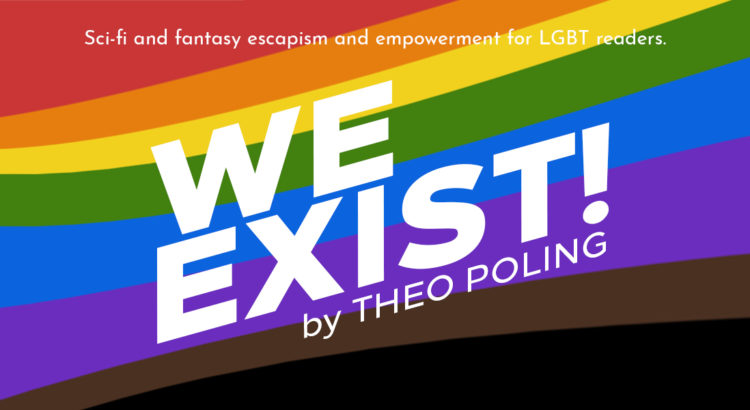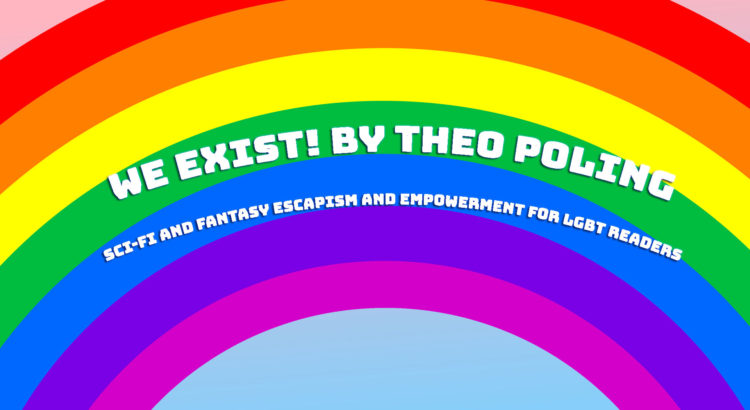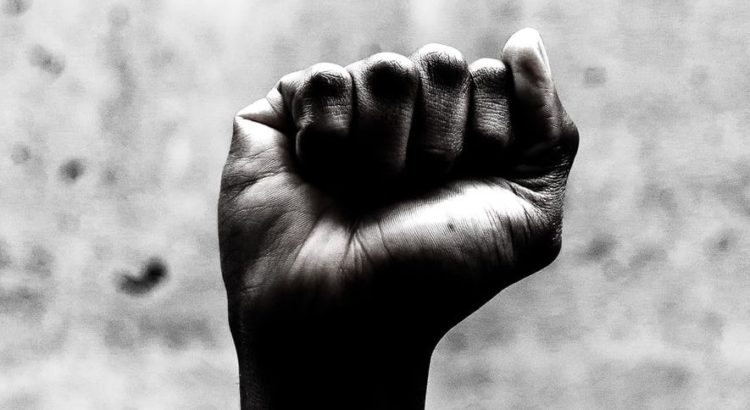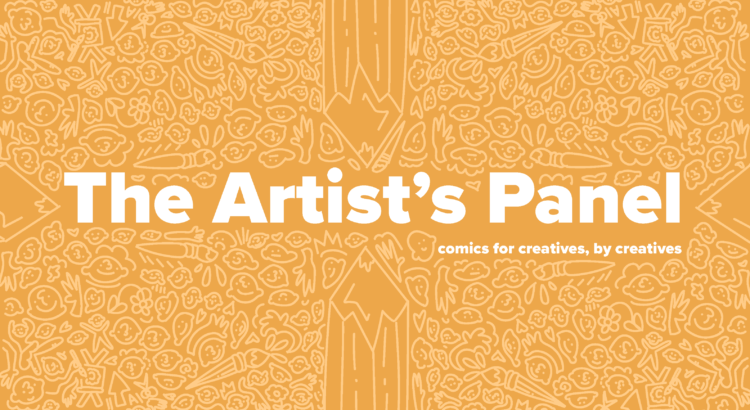Like many other queer young adults, I was exalted upon learning of last spring’s Netflix film, The Half of It. The titular phrase, “the half of it” is derived from the Platonic myth of soulmates that proposes that each person is half of a whole soul, and the two halves search through life for their counterpart. Director Alice Wu (known for Saving Face) presents a refreshing take on the teen rom-com–this time, with a queer Asian female lead. Perhaps this is old news to some, but I couldn’t resist writing about this film. It’s the type of movie with substantial representation I wish existed when I was a teen.
The plot follows Ellie Chu, a bookish teen living with her widowed father in a small town in Washington. Ellie, a gifted writer who takes on her peer’s coursework for payment, starts writing romantic letters to a girl named Aster, posing as the goofy jock Paul. As Ellie and Paul’s friendship blossoms, so does Ellie’s romantic feelings for Aster.the loyal and playful Paul develops a strong bond with Ellie, an unexpected but delightful pairing who support each other in an honest way. Meanwhile, Ellie’s snail mail and text correspondences with Aster show Ellie’s witty, romantic nature–drawing upon book and film references and deep thoughts. I won’t spoil the ending in case you haven’t watched it yet, but I will say that the writing, although rushed at the end, isn’t demeaning or tokenizing, but portrays its characters in a realistic and nuanced way.
I admire this film not only for its complex writing and characters, but for its representation as well. As a queer woman of color, I was so excited to see representation that I could somewhat relate to. Viewers see scenes of Ellie and her immigrant father enjoying dinner together and watching classic movies, a part of the story that is surprisingly touching. Furthermore, Wu handles themes of race, sexuality, and religion in a thoughtful but not overbearing way.
The Half of It’s cinematography is beautiful as well, with tranquil shots of small-town life and semi-nostalgic high school drama. It’s warm and feel-good. Overall, it’s a brief but pleasant look at young adulthood, full of awkwardness and tension but also true friendship. Wu argues that romantic love isn’t everything in life, but perhaps only the half of it.











